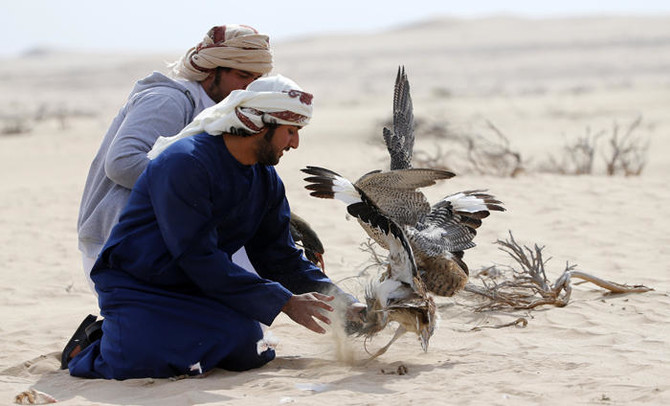Threats to mangrove numbers in Qatar and internationally include climate change and coastal developmental pollution.
Qatar’s Zulal Wellness Resort by Chiva-Som is marking UNESCO’s International Day for the Conservation of the Mangrove Ecosystem by planting 200 new mangrove seedlings.
This drive comes within the framework of the resort’s commitment to environmental sustainability and preserving Qatar’s natural resources.
“By planting 200 new mangrove seedlings, we endeavour to restore and expand the nature in Al Ruwais and in surrounding areas,” Holger Glaser, Zulal’s general manager, told local media.
The first International Mangrove Conservation Day was held in 2016 after being adopted by the UNESCO General Conference the year prior.
The goal of the day is to highlight the immense benefits of this plant species – which ranges from providing forestry, fishery and mitigating the effects of climate change.
Mangrove ecosystems store significant amounts of carbon in the soil, their leaves and branches.
One hectare of mangroves alone can store upwards of 3,754 tonnes of carbon. This is the equivalent of taking over 2650 cars off the road for a year.
Mangroves also act as barriers to increasing wave heights, with a 500-metre mangrove strip able to reduce wave heights by upwards of 99%.
Mangroves thrive abundantly in Qatar’s Al Khor and Al Thakhira regions. Amidst the surrounding desert, Al Thakhira’s mangroves spread across a wide area. Qatari Law No. 6 of 2006 designates Al Thakhira as a wildlife reserve.
Globally and in Qatar, however, its numbers are under threat from human development and climate change.
Abnormal and severe weather patterns and pollution from coastal development are some of the threats to its numbers.
“It has been estimated that more than three-quarters of the world’s mangroves are under threat along with all the aquatic and terrestrial organisms that depend on them,” Audrey Azoulay, UNESCO director general, said.







